Table of Content
- What is Karnataka Guidance Value?
- Recent Revisions in Karnataka Guidance Value
- Guidance Value Circle Rates or Ready Reckoner Rates in Bangalore
- Circle Rates in Mysore
- Circle Rates in Belgaum
- Circle Rates in Dharwad
- Difference Between Market Rates and Karnataka Guidance Value
- Factors Influencing Karnataka Guidance Value
- Impact of Revised Guidance Value in Karnataka
- Advantages of Revised Karnataka Guidance Value
- Steps to Check Karnataka Guidance Value
- Key Insights from Recent Revisions
- Conclusion
The Karnataka Guidance Value, or circle rate, is the property's minimum registration value defined by the state government. The circle rates are significant as it determines the stamp duty and registration fees a buyer must pay while buying or selling the property. Periodically, circle rates are updated to promote transparency in real estate transactions and as a source of revenue for the government. Now that the circle rates have been revised across Karnataka, buyers and sellers must understand them and their implications and benefits.
What is Karnataka Guidance Value?
Guidance value in Karnataka is the lowest value where properties can be transacted in the state which also serves as a legal threshold for properties being transacted, as there can't legally be a transaction below that guidance value. Typically the guidance values are lower than the market value, it keeps valuations of properties in check by holding valuations during registration lower than the guidance value to a minimum.
Users will calculate the registration value of their property by multiplying the built-up area with the respective guidance value in the neighbourhood. These guidance values help establish fairness and consistent valuation in property transactions, allow the state government to collect the necessary stamp duty and taxes.
Also Read: Circle Rate Jharkhand: A Complete Guide for Homebuyers
Recent Revisions in Karnataka Guidance Value
The latest update to Karnataka’s guidance value came after a five-year hiatus due to the COVID-19 pandemic. The revision in 2023-24 reflects the state’s efforts to align property values with real estate growth and economic recovery.
Guidance Value Circle Rates or Ready Reckoner Rates in Bangalore
Following are the guidance values of Bangalore:-
|
Location |
Guidance value in Bangalore |
|
9th Main, Jayanagar |
Rs. 3,87,500 |
|
CMH Road, 1st to 12th Cross |
Rs 1,43,200 |
|
Sankey Tank Road |
Rs 2,70,000 |
|
12th Main, HAL 2nd Stage: |
Rs 1,11,800 |
|
Cunningham Road (Chandrika Hotel to Balekundri Circle) |
Rs 2,78,600 |
|
Defense Colony, Indiranagar |
Rs 1,71,800 |
|
M.G.Road, Brigade Road, Residency Road |
Rs. 1,95,500 |
|
Dollars Colony, RMV 2nd Stage |
Rs. 1,84,000 |
|
Lavelle Road |
Rs. 2,07,900 |
|
Sampige Road, Malleshwaram |
Rs. 2,05,000 |
|
Sadashivanagar (C.V. Raman Avenue to Bhashyam Circle) |
Rs. 2,58,200 |
|
Dr. Rajkumar Road |
Rs. 1,61,500 |
|
Nandidurga Road |
Rs. 1,75,000 |
|
Bannerghatta Main Road (Hosur Road to Dairy Circle) |
Rs. 1,53,000 |
|
Vittal Mallya Road |
Rs. 2,08,900 |
Circle Rates in Mysore
Following are the guidance value of Mysore:-
|
Locality |
Property Rates Per Sq. Mt. |
|
Aleem Nagar |
Rs. 750 |
|
Paramount Celestia |
Rs. 33,200 |
|
RMV Elegance |
Rs. 36,000 |
|
Girijana Colony |
Rs. 800 |
|
Ananda Extension |
Rs. 1,010 |
|
Garike Mala |
Rs. 18,000 |
|
Yelehundi Kavalu |
Rs. 800 |
|
Damodara Colony |
Rs. 800 |
|
Gopalpura |
Rs. 2,300 |
|
Lalithadri Nagar |
Rs. 10,000 |
Circle Rates in Belgaum
Following are the guidance value of Belgaum:-
|
Locality |
Property Rates Per Sq. Mt. |
|
Khadarwadi Apartments |
Rs. 2,210 |
|
Madhavapura |
Rs. 2,210 |
|
Rayal Colony |
Rs. 3,800 |
|
Ambedkar Nagar |
Rs. 1,000 |
|
Rayanna Colony |
Rs. 5,500 |
|
Khemewadi |
Rs. 800 |
|
Baganavar Street |
Rs. 1,800 |
|
Satwar Colony Area |
Rs. 1,200 |
|
Ambadagatti |
Rs. 600 |
|
Bammanal |
Rs. 800 |
|
Dhaderakoppa |
Rs. 800 |
|
Hiremela |
Rs. 800 |
Also Read: Circle Rates in Gurgaon: A Complete Guide for Homebuyers
Circle Rates in Dharwad
Following are the guidance value of Dharwad:-
|
Locality |
Property Rates Per Sq. Mt. |
|
Amrut Nagar |
Rs. 800 |
|
Gadag - Hubli Road |
Rs. 800 |
|
Basapur |
Rs. 600 |
|
Sydapur Road |
Rs. 800 |
|
Ibrahimpur |
Rs. 600 |
|
K.H.B. Colony |
Rs. 2,800 |
|
Tirlapur State Highway |
Rs. 700 |
|
Jamakhan Oni, Hubbali Road |
Rs. 1,300 |
|
Durga Colony |
Rs. 8,000 |
|
Hanchinal |
Rs. 300 |
|
Arekurahatti National Highway |
Rs. 700 |
|
Kalawad |
Rs. 500 |
Difference Between Market Rates and Karnataka Guidance Value
Understanding the distinction between market rates and guidance values is crucial for informed property decisions:
- Revision Frequency: Guidance values are updated periodically by the government, whereas market rates fluctuate frequently based on demand and supply.
- Transaction Benchmark: While the guidance value sets the minimum benchmark for property transactions, market rates reflect the actual selling price.
- Stamp Duty Calculation: Stamp duty is calculated based on the guidance value, ensuring uniformity in tax collection.
Factors Influencing Karnataka Guidance Value
Several factors contribute to determining the guidance value for properties:
- Location: Urban areas with robust infrastructure and high demand have higher guidance values compared to rural regions.
- Property Type: Commercial properties typically have higher guidance values than residential ones.
- Amenities: Properties with access to amenities like parks, schools, and hospitals attract higher rates.
- Market Trends: Real estate demand and infrastructure growth significantly influence guidance values.
Impact of Revised Guidance Value in Karnataka
The updated guidance values have brought several changes to Karnataka’s real estate market:
- Increased Property Prices: Suburban areas have seen a substantial hike in property rates, impacting affordability.
- Boost in Revenue: Higher circle rates translate into increased stamp duty collections for the state government.
- Market Alignment: The revisions align property valuations with current market trends, ensuring fair pricing.
Advantages of Revised Karnataka Guidance Value
The revised guidance values offer numerous benefits for buyers, sellers, and the government:
- Fair Valuation: Ensures property prices are evaluated transparently, preventing undervaluation.
- Accurate Taxation: Aligns tax revenues with real estate growth.
- Simplified Transactions: Provides a clear benchmark for property registration, reducing disputes.
Steps to Check Karnataka Guidance Value
To check the updated guidance value for your property:
- Visit the IGR Karnataka portal.
- Select the “Revised Guidelines” section from the menu.
- Enter the city and locality details to view the circle rates for your area.
Also Read: Circle Rate Uttarakhand: Updated Dehradun & Haridwar Circle Rates Guide
Key Insights from Recent Revisions
- Suburban areas like Yelahanka and Electronic City witnessed significant price increases, reflecting growing demand.
- Prime locations such as Lavelle Road and Indiranagar saw modest hikes, maintaining their premium appeal.
- Agricultural lands experienced the highest percentage increase, signaling a shift in valuation trends.
Conclusion
The Karnataka Guidance Value plays a crucial role in promoting fairness and transparency in property transactions. Recent updates have not only brought property valuations in line with current market conditions but have also enhanced the state’s revenue through better tax collection. For both buyers and sellers, staying updated on these changes is essential for making informed property decisions.
While the guidance value serves as a solid starting point, it’s still important to consult local real estate experts and keep an eye on market trends to secure the best deals. By staying in tune with the shifting guidance values, everyone involved can confidently navigate Karnataka’s ever-changing property market.
Follow AquireAcers Whatsapp Channel to Stay Updated With The Latest Real Estate News

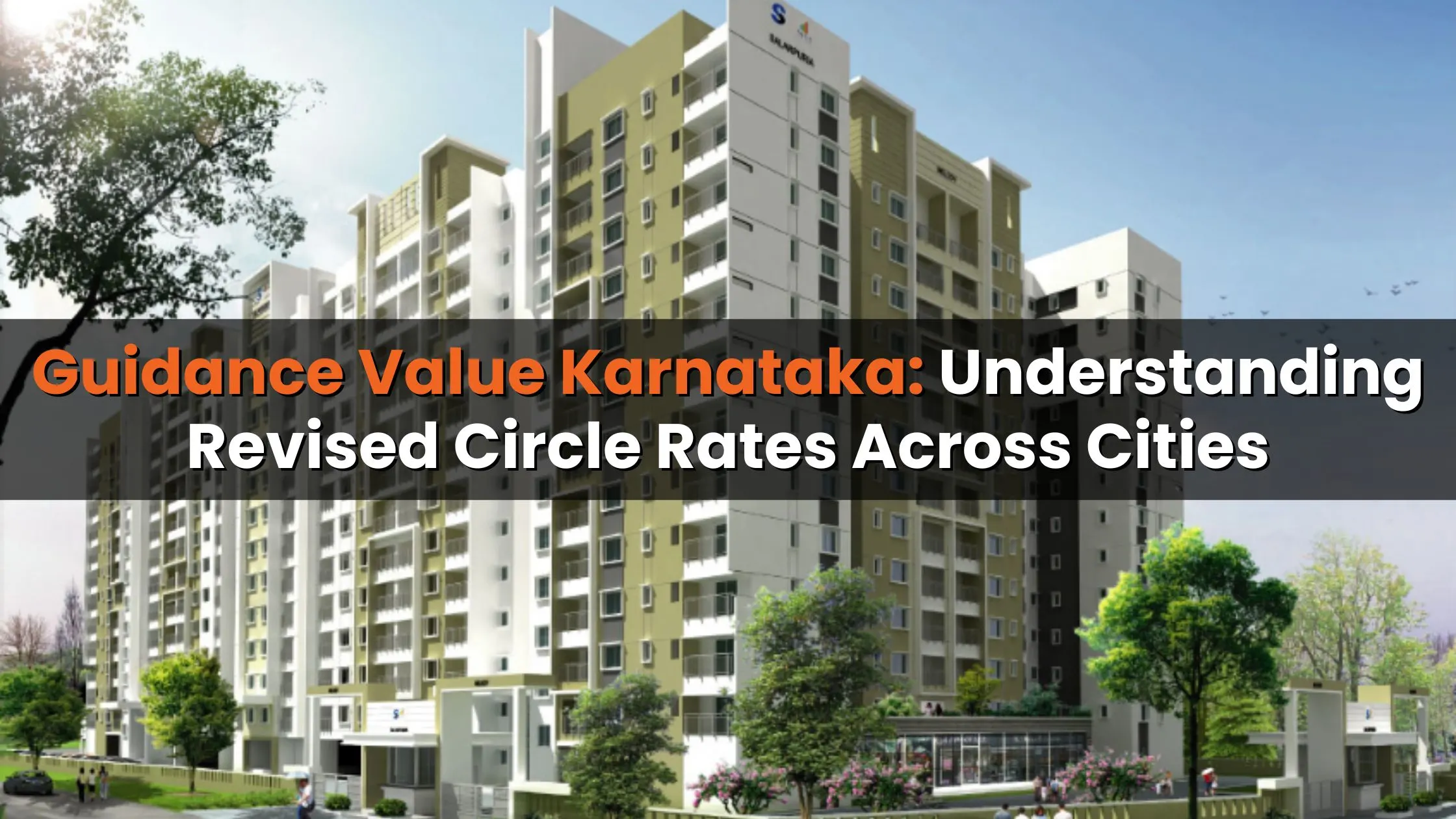

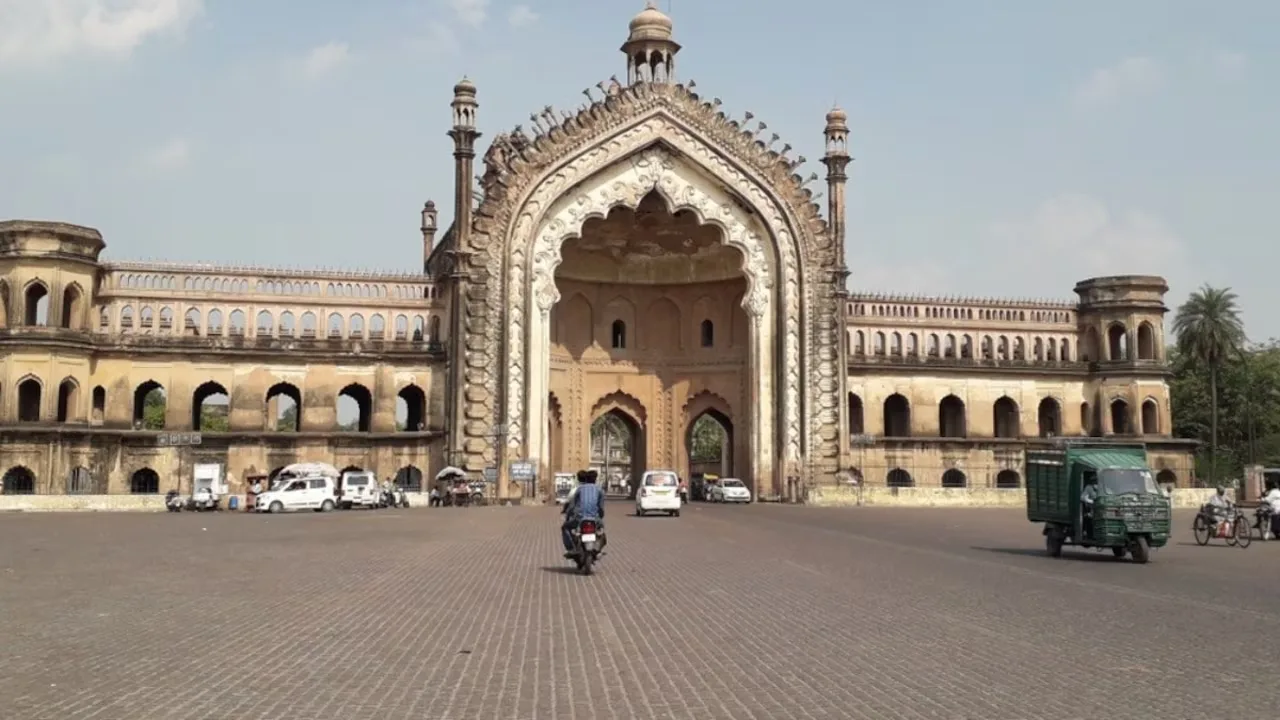

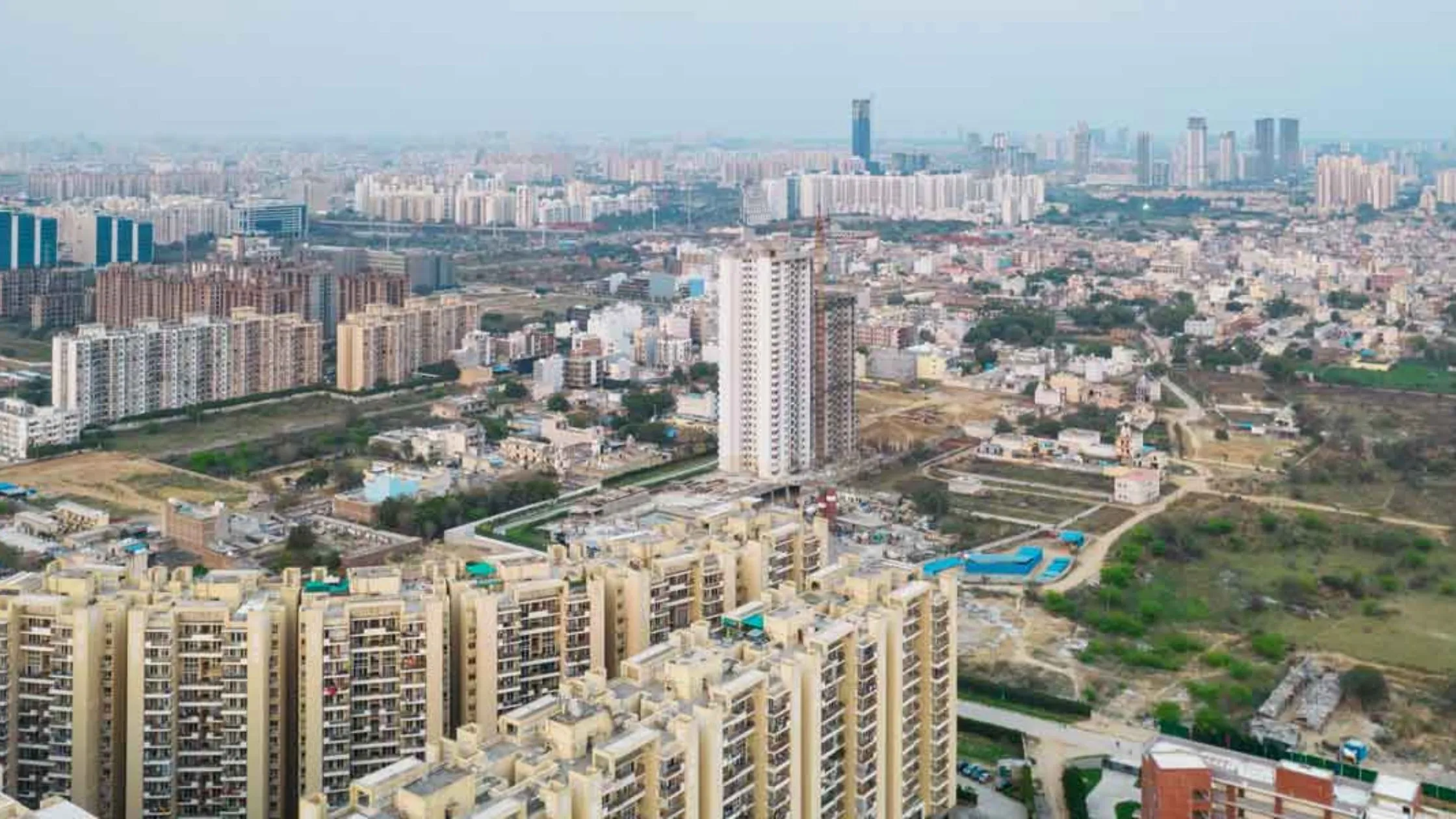

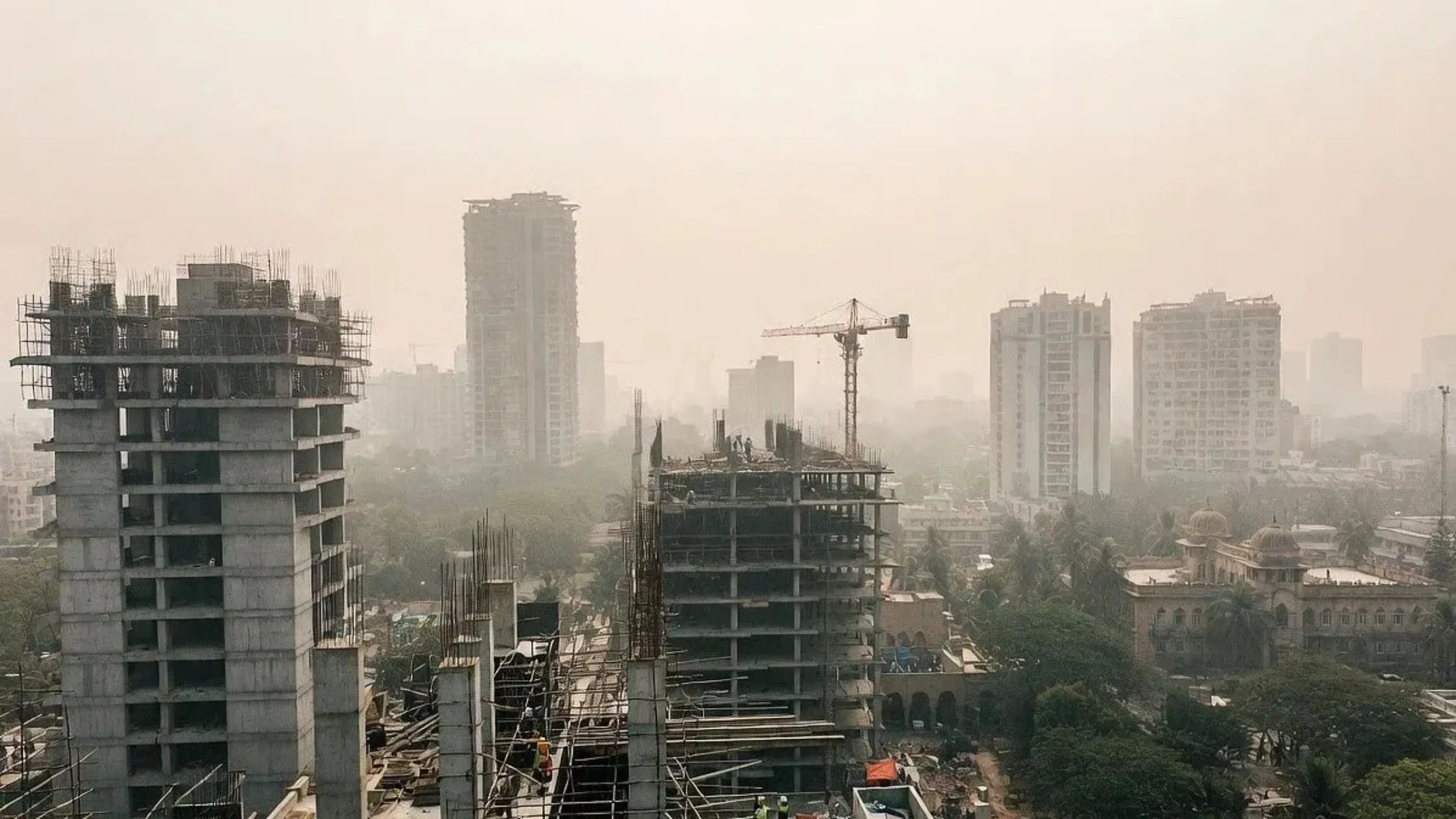
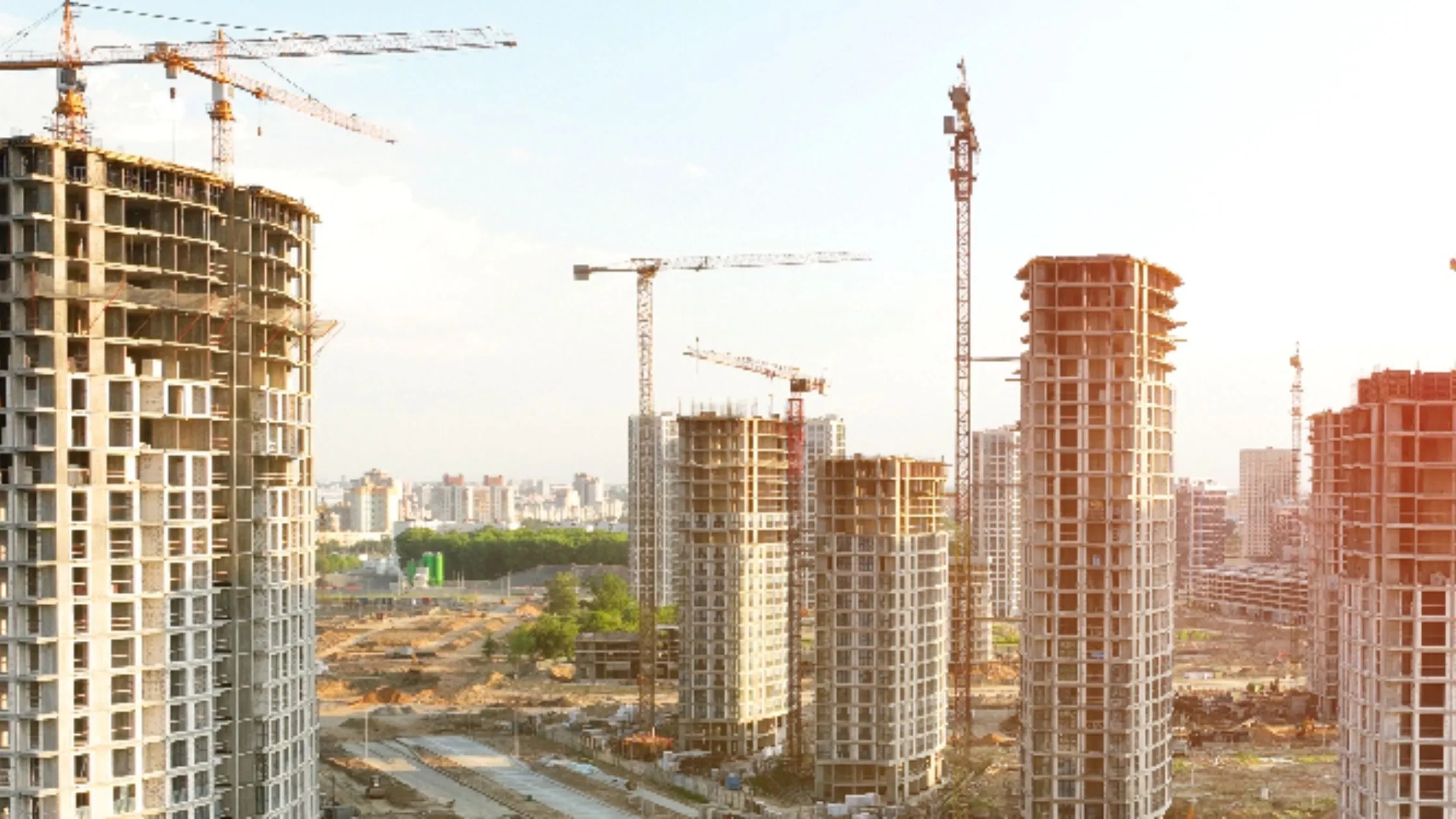


Ans 1. The Karnataka Guidance Value is the minimum registration value for properties defined by the state government, used to calculate stamp duty and registration fees during property transactions.
Ans 2. Guidance Value: Set by the government as the minimum value for property transactions and updated periodically.Market Value: Fluctuates based on demand and supply and reflects the actual selling price of the property.
Ans 3. Stamp duty is calculated based on the property's guidance value or the transaction value, whichever is higher.
Ans 4. The revision in 2023-24 came after a five-year hiatus to align property values with market trends, post-COVID-19 recovery, and economic growth.
Ans 5. Location: Urban areas with better infrastructure have higher values.Property Type: Commercial properties generally have higher guidance values than residential ones.Amenities: Proximity to parks, schools, hospitals, and other facilities increases rates.Market Trends: Demand and growth in the real estate sector affect the values.
Ans 6. Fair Valuation: Prevents undervaluation in transactions.Accurate Taxation: Ensures proper stamp duty collection.Transparency: Simplifies property transactions and reduces disputes.
Ans 7. Visit the IGR Karnataka portal.Navigate to the “Revised Guidelines” section.Enter the city and locality details to view the updated circle rates.
Ans 8. Staying updated on guidance values ensures informed decisions, helps avoid undervaluation, and aligns transactions with market trends for fair and transparent dealings.